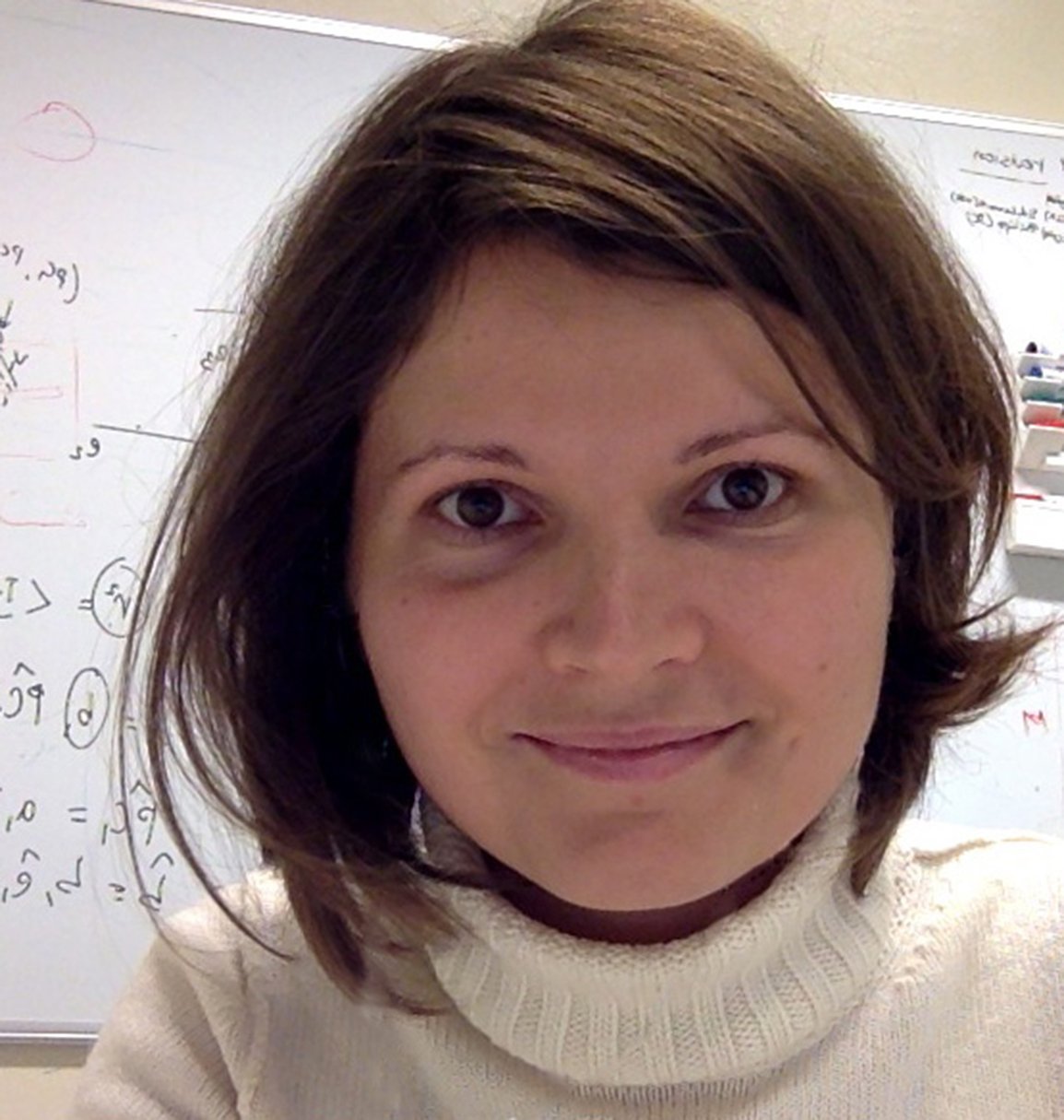New resource expands use of lab technique to visualise DNA in cells

Researchers at Karolinska Institutet present a publicly available resource that can accelerate the use of so-called FISH techniques for studying how the genome is spatially organised in the cell nucleus. The new platform, which enables more cost-effective analyses for both research and diagnostic labs, is described in the scientific journal Nature Communications.
DNA fluorescence in situ hybridisation (FISH) is a powerful technique established in the 1980s that uses fluorescent probes to visualise specific DNA loci or entire chromosomes under a microscope. In the past three decades, DNA FISH has been widely used in both research and diagnostics.
However, the use has been limited due to the challenging design and generation of large amounts of different probes (complementary DNA sequences conjugated with fluorescent dyes). Making probes that target multiple genomic loci of interest has been challenging for most labs, while commercially available probes are typically limited to a few loci and are very costly.
To solve this problem, researchers at Karolinska Institutet and SciLifeLab established a platform named iFISH, that allows generation of hundreds of DNA FISH probes in parallel, in a simple and cost-effective way.

Continuously expanding repository
Using iFISH, they generated a large repository of more than 400 probes targeting all the human autosomes and chromosome X, which is now continuously expanding. In addition to probes, the researchers also created a database of optimally designed short sequences and a set of tools for designing DNA FISH probes, which can be freely accessed.
“This is a timely resource that will enable many groups in the field of 3D genome architecture to have fast access to DNA FISH probes for virtually any locus in the human genome and freely use our state-of-the-art tools for designing probes,” says Magda Bienko, one of the two principal investigators who led the study and senior author of the paper.

The repository will not stay limited to DNA FISH probes, but is now expanding to include probes for RNA FISH probes.
“Our ambition is to go big and create a repository of probes targeting every single gene in the human and mouse genomes. This will be a precious resource for the ever-growing community of researchers that use single-molecule RNA FISH as a companion assay for single-cell RNA-seq or spatial transcriptomics,” says Nicola Crosetto, the other PI involved in the study.
Open-source science
“We believe this is a great example of open-source science that will facilitate the use of FISH technologies not only in research, but potentially also in diagnostic labs, particularly in disadvantaged countries where commercial FISH probes are very difficult to obtain,” concludes Magda Bienko.
Magda Bienko and Nicola Crosetto are both assistant professors at Karolinska Institutet’s Department of Medical Biochemistry and Biophysics and SciLifeLab, where they lead two research groups working closely together on the broad topic of genome architecture and fragility.
The research was supported by grants from Sony Imaging Products & Solutions Inc., the Swedish Research Council, the Knut and Alice Wallenberg Foundation, the Ming Wai Lau Centre for Reparative Medicine, the Ragnar Söderberg Foundation, the Swedish Cancer Society, Science for Life Laboratory, the Karolinska Institutet KID Funding Program, the Human Frontier Science Program, the European Research Council, and the Swedish Society for Medical Research (SSMF).
Publication
“iFISH is a publicly available resource enabling versatile DNA FISH to study genome architecture”
Gelali E, Girelli G, Matsumoto M, Wernersson E, Custodio J, Mota A, Schweitzer M, Ferenc K, Li X, Mirzazadeh R, Agostini F, Schell JP, Lanner F, Crosetto N, Bienko M.
Nature Communications, online 9 April 2019, doi: 10.1038/s41467-019-09616-w
